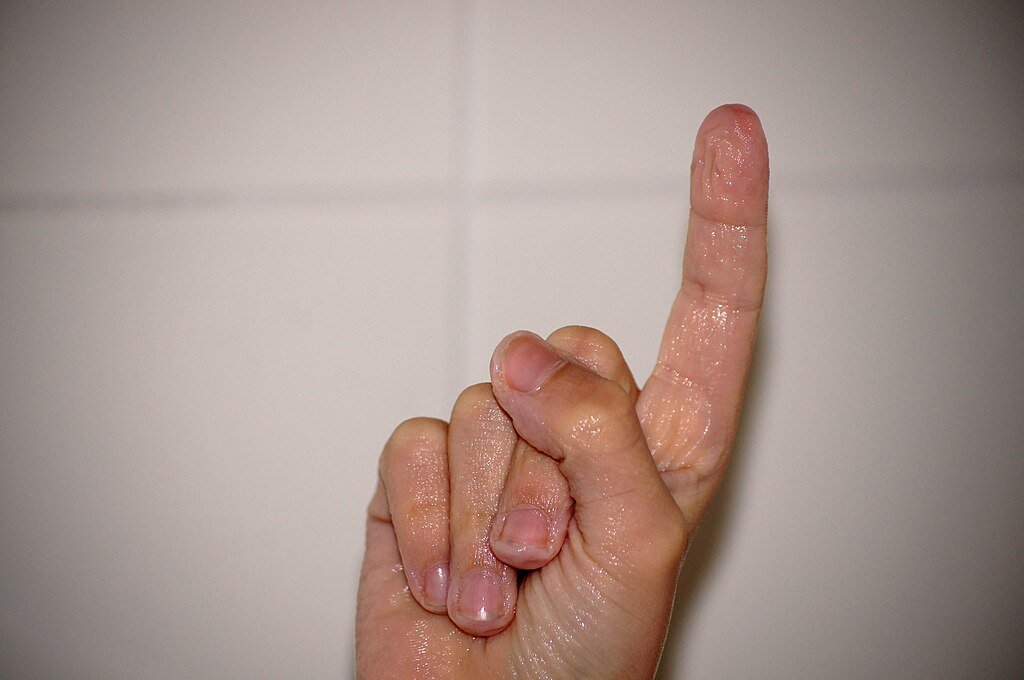Wrinkled Skin in Water: Why Does It Happen Only on Hands and Feet?
Have you ever noticed that after spending time in water, only your hands and feet get wrinkled, while the rest of your body stays smooth? This fascinating phenomenon has puzzled many, but science has the answer!
Why Does Wrinkling Occur?
Many people assume that wrinkled skin in water is due to water absorption, but that’s not the full story. The real reason lies in how your nervous system reacts. When your hands and feet are submerged in water for a long time, your body sends signals to constrict the blood vessels in these areas. This causes the skin to shrink and form wrinkles.
Why Only on Hands and Feet?
This reaction only happens in these areas because of their unique skin structure and evolutionary function:
- Thicker stratum corneum: The outer layer of skin (stratum corneum) is thicker on your palms and soles, making it more prone to visible wrinkling.
- Nerve response: The wrinkling process is controlled by the autonomic nervous system, which helps improve grip on wet surfaces.
- Evolutionary benefit: Scientists believe this effect evolved to help early humans hold onto objects or walk safely in wet environments.
How Long Does It Take for Skin to Wrinkle in Water?
On average, it takes about 3 to 5 minutes of water exposure before wrinkles start appearing on your hands and feet. However, the time can vary depending on factors such as water temperature, skin hydration, and individual differences. In colder water, wrinkling might take longer.
Read also: White oily sebum on nose (oil that skin produces) | How to get rid of oily nose shine?
How Long Does It Take for Wrinkles to Disappear?
Once you leave the water, your skin will return to normal in about 10 to 15 minutes. This happens as blood flow returns to normal and the skin rehydrates itself. However, if you’ve been in water for an extended period (like soaking for hours), it may take longer for the wrinkles to fully disappear.
Sources and Scientific Studies
- PinterPandai
- Changizi et al. (2011). “Are Wet-Induced Wrinkled Fingers Primate Rain Treads?”
This study explores the hypothesis that water-induced finger wrinkling enhances grip in wet conditions. Link to the study - Wilder-Smith & Chow (2003). “Water-immersion wrinkling is due to vasoconstriction.”
This research investigates the role of vasoconstriction in water-immersion skin wrinkling. Link to the study - Newcastle University Study (2013). “Wrinkled fingers improve grip on wet surfaces.”
This study suggests that wrinkled fingers may provide better grip in wet conditions. Link to the study
So next time you see your fingers and toes wrinkling in the water, remember—it’s not just an odd reaction; it’s your body’s way of improving grip in wet conditions!
Photo credit: Sebastian Wallroth, CC BY 3.0, via Wikimedia Commons



